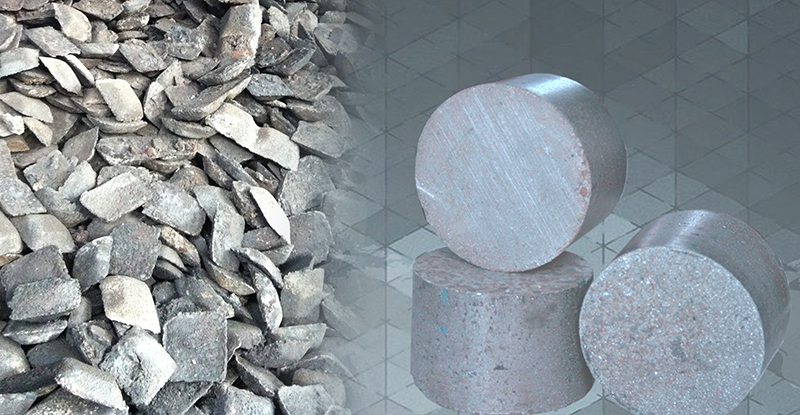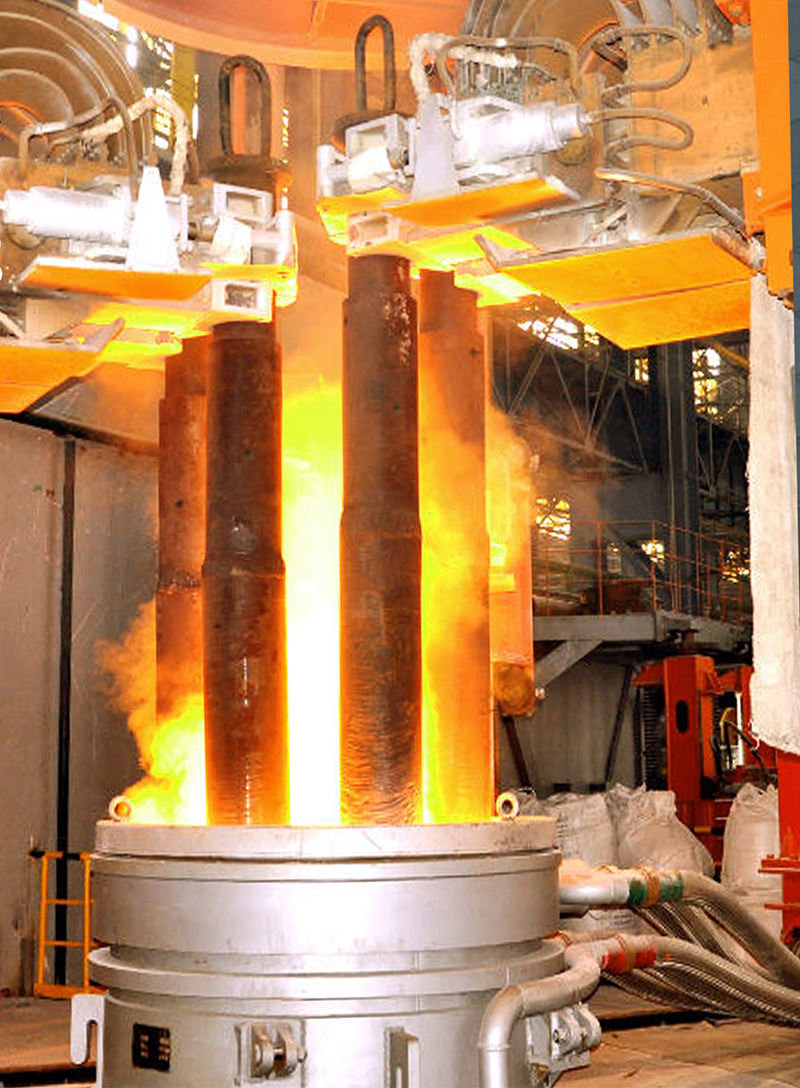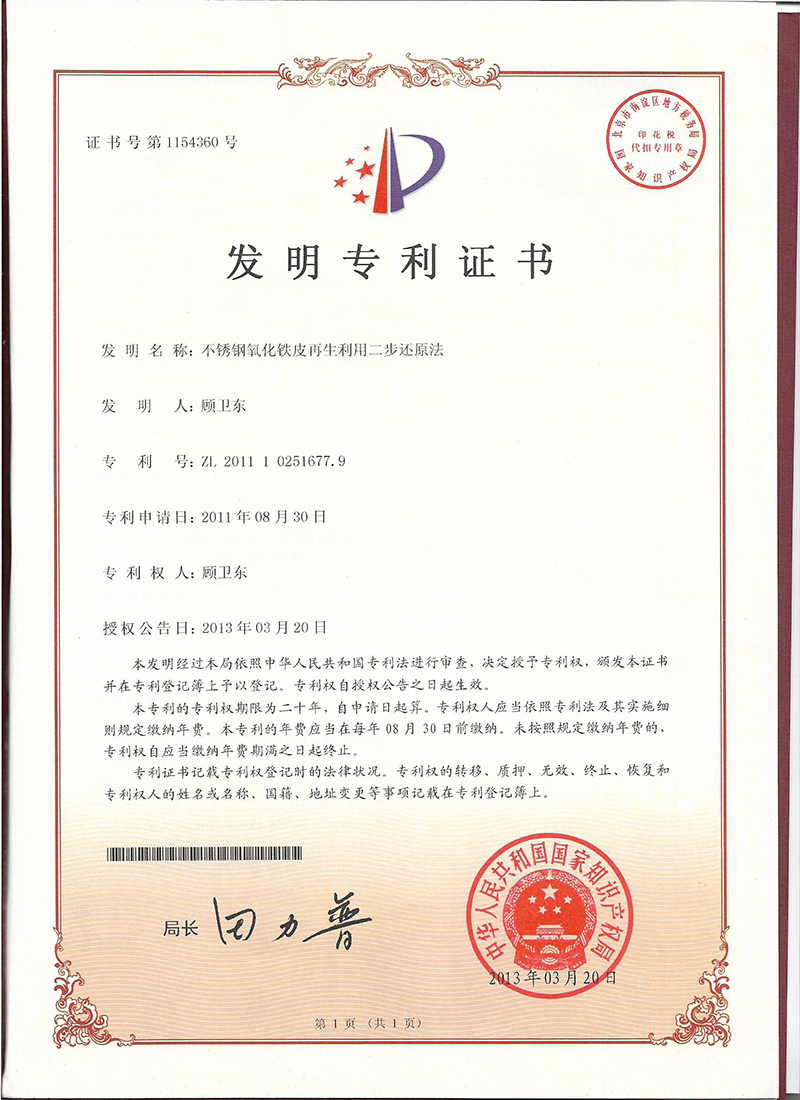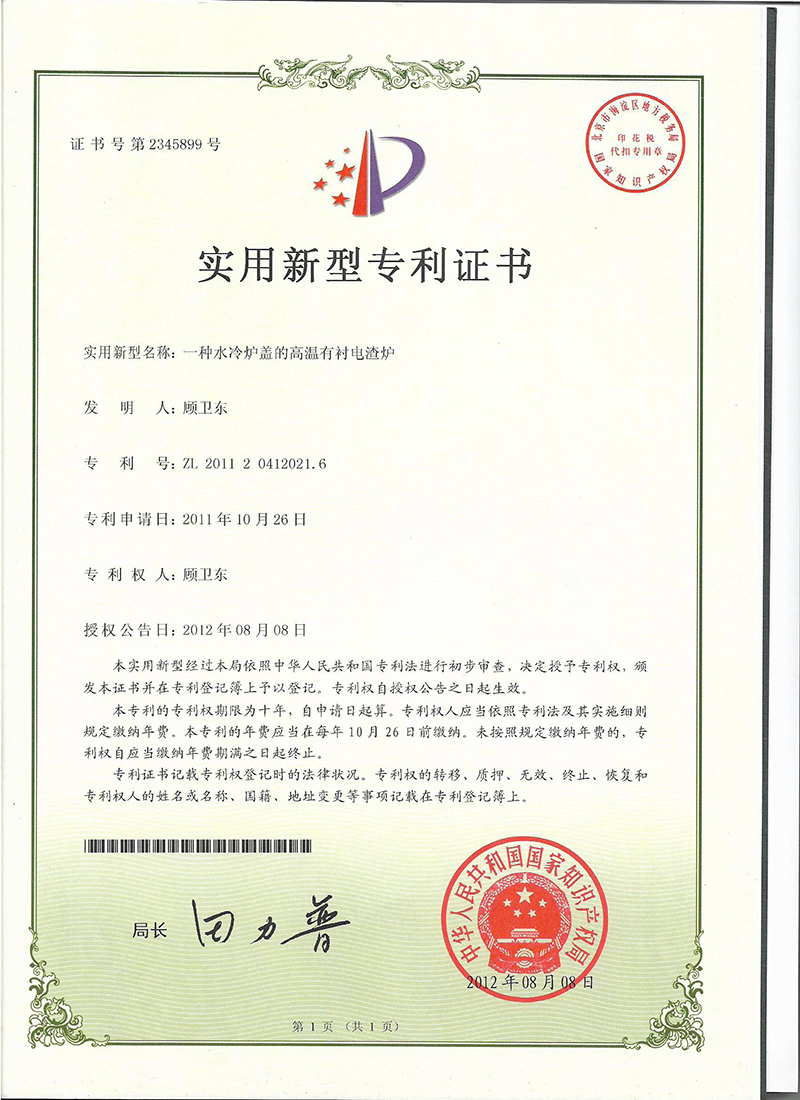Innovative Harmful Metal Slag Treatment Technology
The slag washing furnace technology developed by Xinlong Group is a unique technology in the world to date.
Domestic Challenges in Iron Oxide Scale Treatment — Slag Washing Furnace Technology:
In order to recover metals such as Fe, Cr, Ni, Cu, and Mn from stainless steel oxide scales and dust ash while reducing environmental pollution, many enterprises are seeking the best treatment methods. The traditional commonly used treatment methods for stainless steel oxide scales include:
Dilution Method: Diluting by adding to other substances.
Smelting Method:
Blast Furnace (Disadvantages: Insufficient temperature, corrosion of furnace walls).
Electric Arc Furnace (Disadvantages: High cost, operating temperatures ranging from 2100°C to 4500°C).
Both traditional blast furnace and electric arc furnace methods cannot effectively recover chromium from stainless steel oxide scales, leading to the waste of valuable resources. Additionally, chromium remains in the slag as an oxide, causing environmental pollution.
Slag Washing Furnace Technology with Two Patents
The slag washing furnace technology is a unique technology that effectively combines the heating technology of the slag washing furnace, reduction from electric arc furnaces, and power supply technology from electric arc furnaces. This technology received two patents from the State Intellectual Property Office in August 2012 and February 2013, respectively:
Water-cooled furnace cover high-temperature lined slag washing furnace, Patent No. ZL 2011 2 0412021.6.
Two-step reduction method for recycling stainless steel oxide scales, Patent No. ZL 2011 102516277.9.
The invention of the slag washing furnace has significant economic and social benefits, aligning with national policies on circular economy and comprehensive resource utilization, as well as environmental protection policies.
Xinlong Group Invested 12 Million Yuan in New Technology Development
To address the existing problems, Xinlong Group, with technical support from the School of Ecological Engineering at Beijing University of Science and Technology and the Institute of Steel Metallurgy at Northeast University, undertook a year-long research and development process in 2008, investing 12 million yuan. This successfully resolved long-standing issues, including the reduction technology for stainless steel oxide scales and dust ash, and the low lifespan of electric furnace linings. The utilization of stainless steel oxide scales and dust ash employs the tunnel kiln + slag washing furnace two-step reduction method. Compared with blast furnace and electric arc furnace processes, this method not only effectively recovers iron from stainless steel oxide scales and dust ash but also recovers valuable metals such as chromium and nickel. This process features strong raw material adaptability, high processing capacity, easy composition control, simple and reliable operation, and low costs. Furthermore, during production, it generates almost no waste gas, wastewater, or other pollutants, providing excellent environmental benefits.
The slag washing furnace operates continuously, with the slag in the furnace specially formulated. Upon energizing, it relies on the electrical resistance of the slag to generate heat, forming molten slag. The cold-pressed blocks and semi-finished products are crushed, and the unpressed powdery materials utilize the invention of the slag washing furnace to effectively solve the reduction technology for stainless steel oxide scales and dust ash. The slag in the slag washing furnace is meticulously designed to reduce the oxidation of metals in the cold-pressed blocks. When the cold-pressed blocks enter the high-temperature molten slag of the slag washing furnace, impurities are absorbed by the slag, further purifying the metals, thereby achieving slag-iron separation and fully recovering metal elements such as Cr, Fe, Ni, and Mn from stainless steel oxide scales and dust ash, realizing the recycling of stainless steel oxide scales and dust ash resources.





